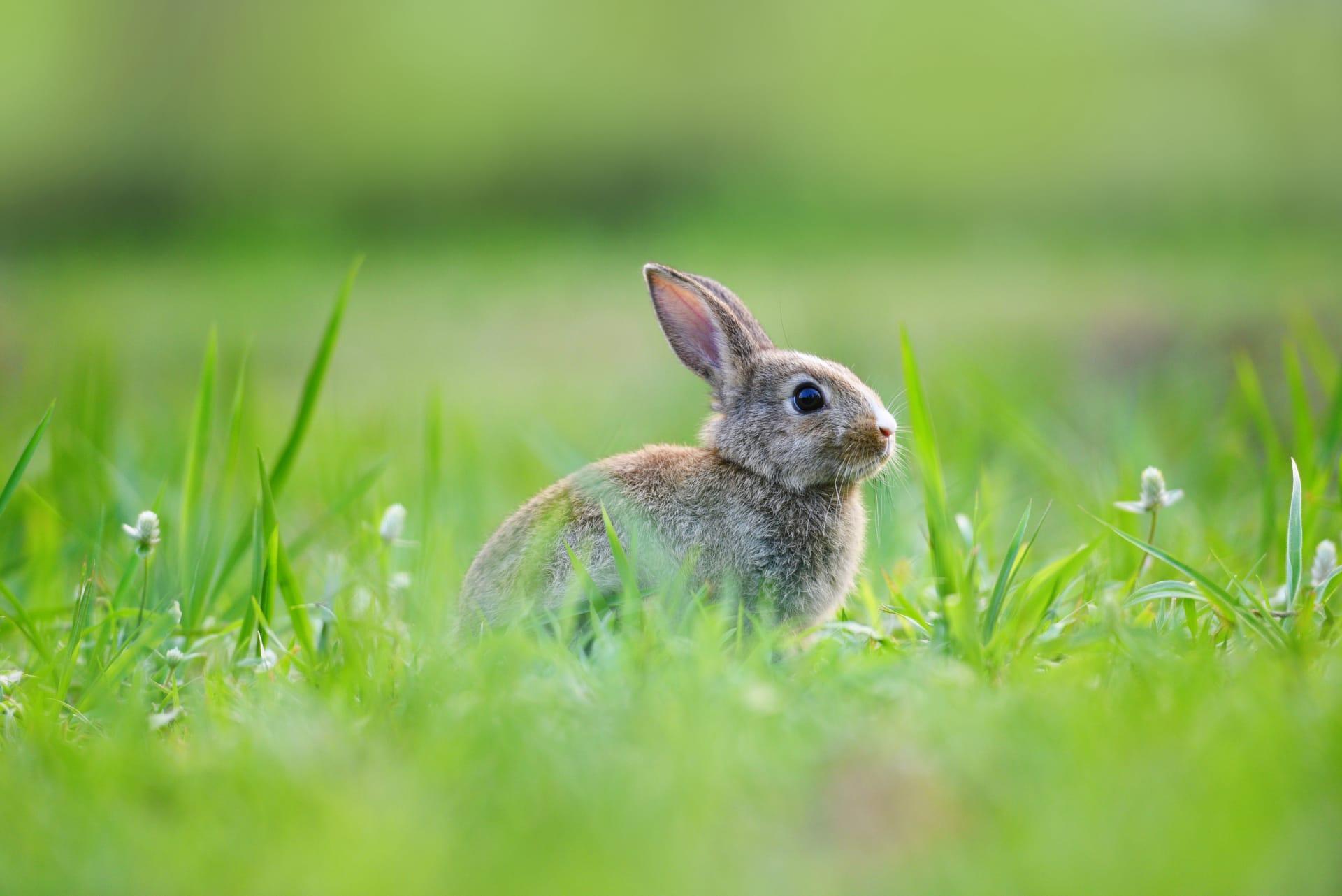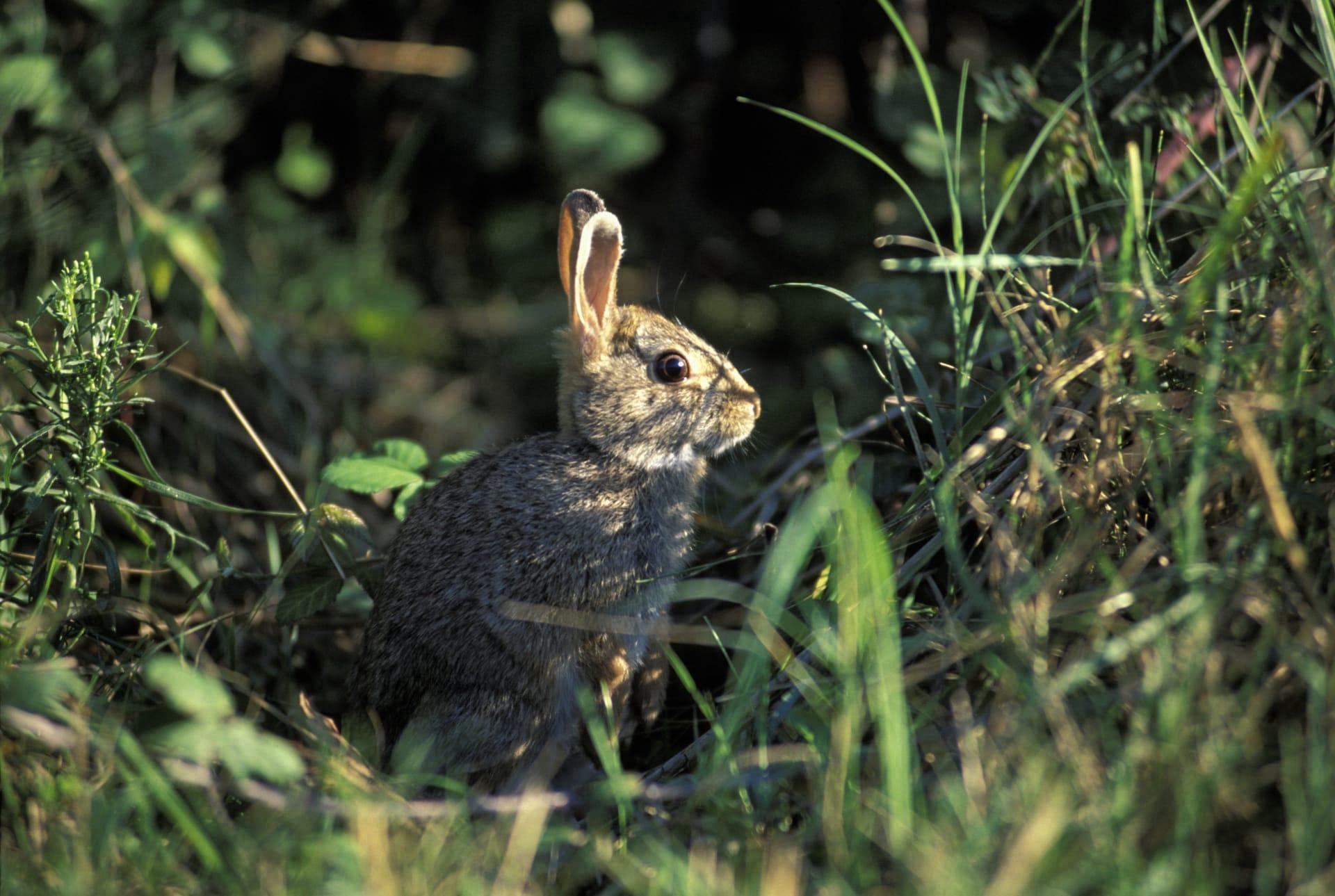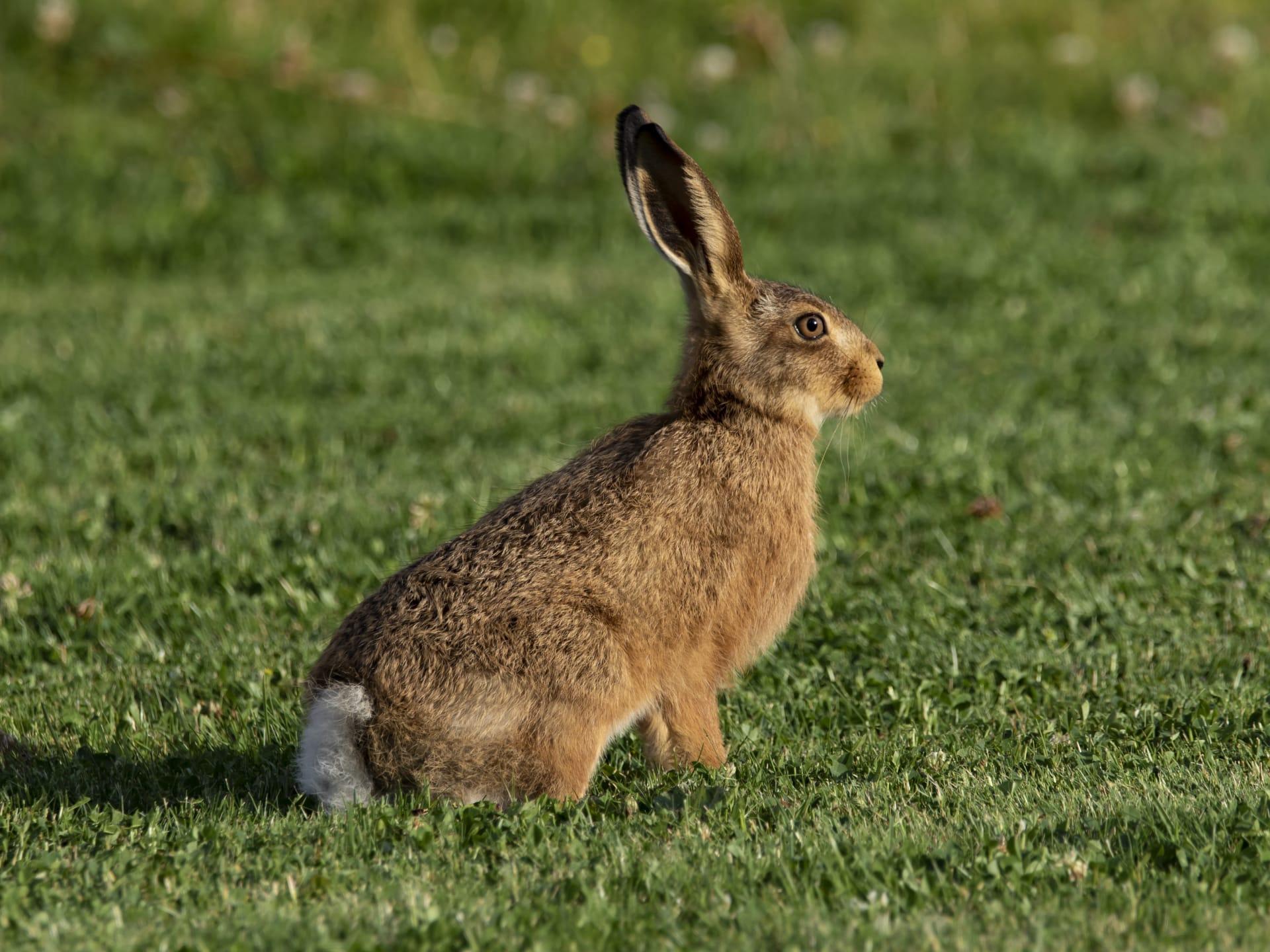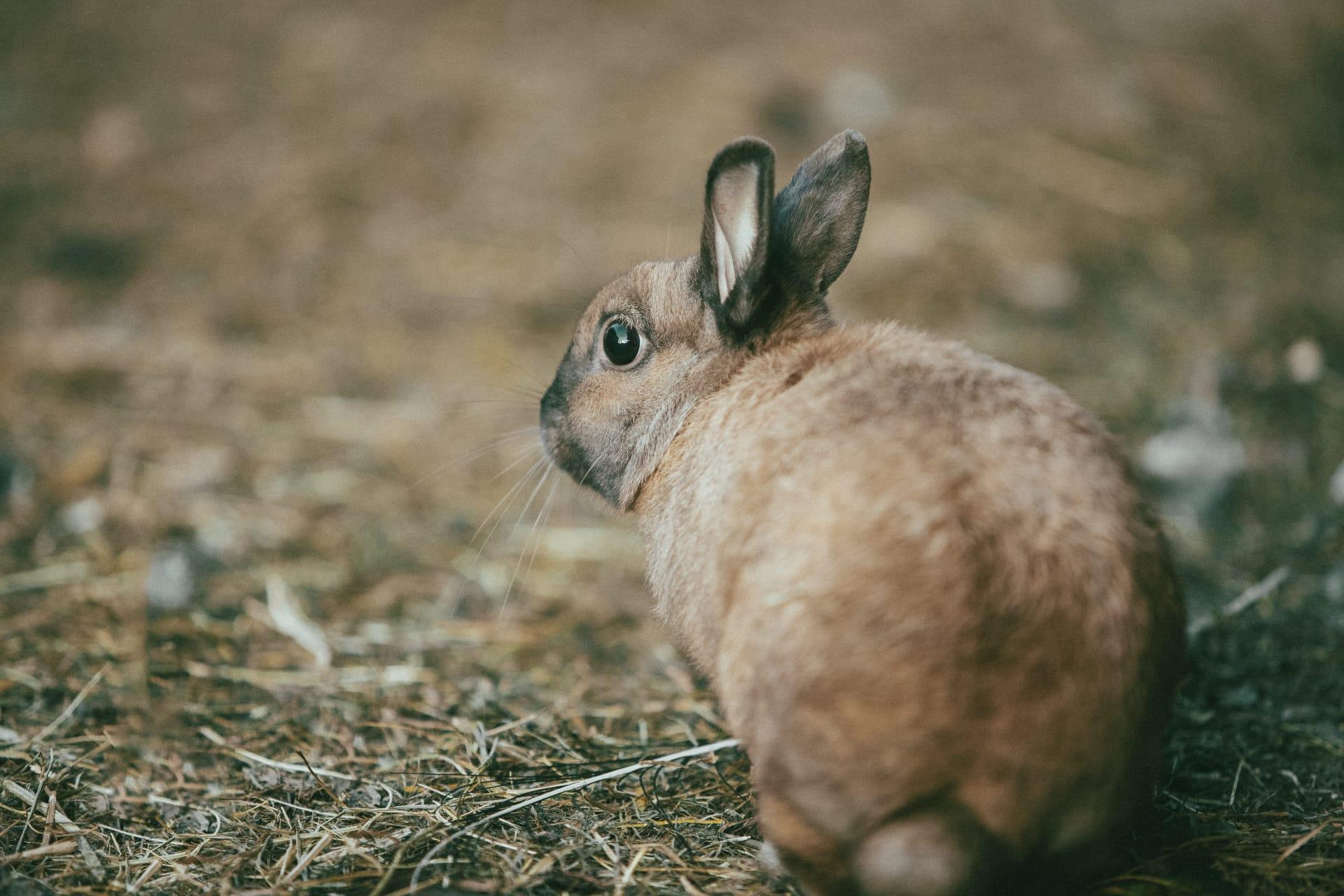Rabbit Characteristics
- Home /
- Mini Encyclopedia /
- Animal /
- Rabbit Characteristics
1
Rabbits, fascinating creatures known for their long ears and fluffy tails, have a diverse range in size. The smallest breeds, like the Netherland Dwarf, can weigh as little as 1 kg (2.2 lbs), while larger breeds like the Flemish Giant can weigh up to 7 kg (15.4 lbs). Their lifespan varies with breed and living conditions, but domestic rabbits typically live between 8 to 12 years. Wild rabbits have a shorter lifespan, often only 1 to 2 years due to predators and environmental factors.
The most distinctive organ of a rabbit is its large, powerful hind legs. These legs are not just for hopping; they are a survival tool. Rabbits can reach speeds up to 50 km/h (31 mph) and leap up to 1 meter (3 feet) high and 3 meters (9 feet) in a single bound. This agility is crucial for escaping predators, navigating rough terrain, and also plays a role in their complex social interactions and mating rituals.

2
Question: Why do rabbits have such large ears?
Answer: Rabbit ears are not just a cute feature; they serve crucial functions. Firstly, they act as powerful hearing aids, enabling rabbits to detect predators from far distances. The ears can be rotated 270 degrees to pinpoint the exact location of sounds. Secondly, the large surface area of their ears helps regulate body temperature. Blood vessels in the ears expand or contract to release or retain heat, which is vital for survival in varying climates. This thermoregulation capability is especially important since rabbits do not sweat.

3
Rabbits are known for their exceptional agility and speed. They use a locomotion technique called 'galloping' or 'bounding.' This movement allows them to cover significant distances quickly, which is essential for escaping predators. Their hind legs can propel them forward in rapid, zigzag patterns, making it difficult for predators to catch them. Additionally, rabbits can remain motionless for long periods, which helps them avoid detection by predators.
Rabbits are herbivores, primarily feeding on a diet of grass, leafy weeds, and other vegetation. They have a unique digestive system that allows them to process cellulose efficiently. Rabbits practice 'coprophagy,' consuming their own fecal pellets to reabsorb nutrients. This process ensures they extract maximum nutritional value from their food, essential for their high-energy lifestyle.

4
Rabbits inhabit various environments, from woodlands and meadows to grasslands and deserts. They adapt well to different terrains, using their burrowing abilities to create shelters and escape routes. Rabbits prefer environments that offer ample food sources and hiding spots from predators. They are also found in urban areas, where they adapt to parks and gardens.
Rabbit reproduction is notable for its efficiency. Females can have multiple litters per year, with each litter consisting of 4 to 12 kits (baby rabbits). They reach sexual maturity quickly, sometimes as early as 3 months old, contributing to their ability to populate rapidly. The gestation period is short, around 28 to 31 days, allowing for rapid population growth under favorable conditions.

5
Book: "The Secret Life of Rabbits" by Anne McBride, published in the United Kingdom in the late 1990s. This book delves into the hidden world of domestic and wild rabbits, exploring their social interactions, behavior, and psychology. McBride, an animal behaviorist, provides insights into rabbit communication, hierarchy, and the complexities of their warren life.
Book: "Rabbits: The Animal Answer Guide" by Steven D. Luke and Pablo A. Yoder, released in the early 2000s in the United States. This comprehensive guide addresses various questions about rabbits, ranging from their biology and habitat to their role in human culture. The authors, both wildlife experts, offer a detailed look into the species' adaptation, survival strategies, and their fascinating evolutionary journey.